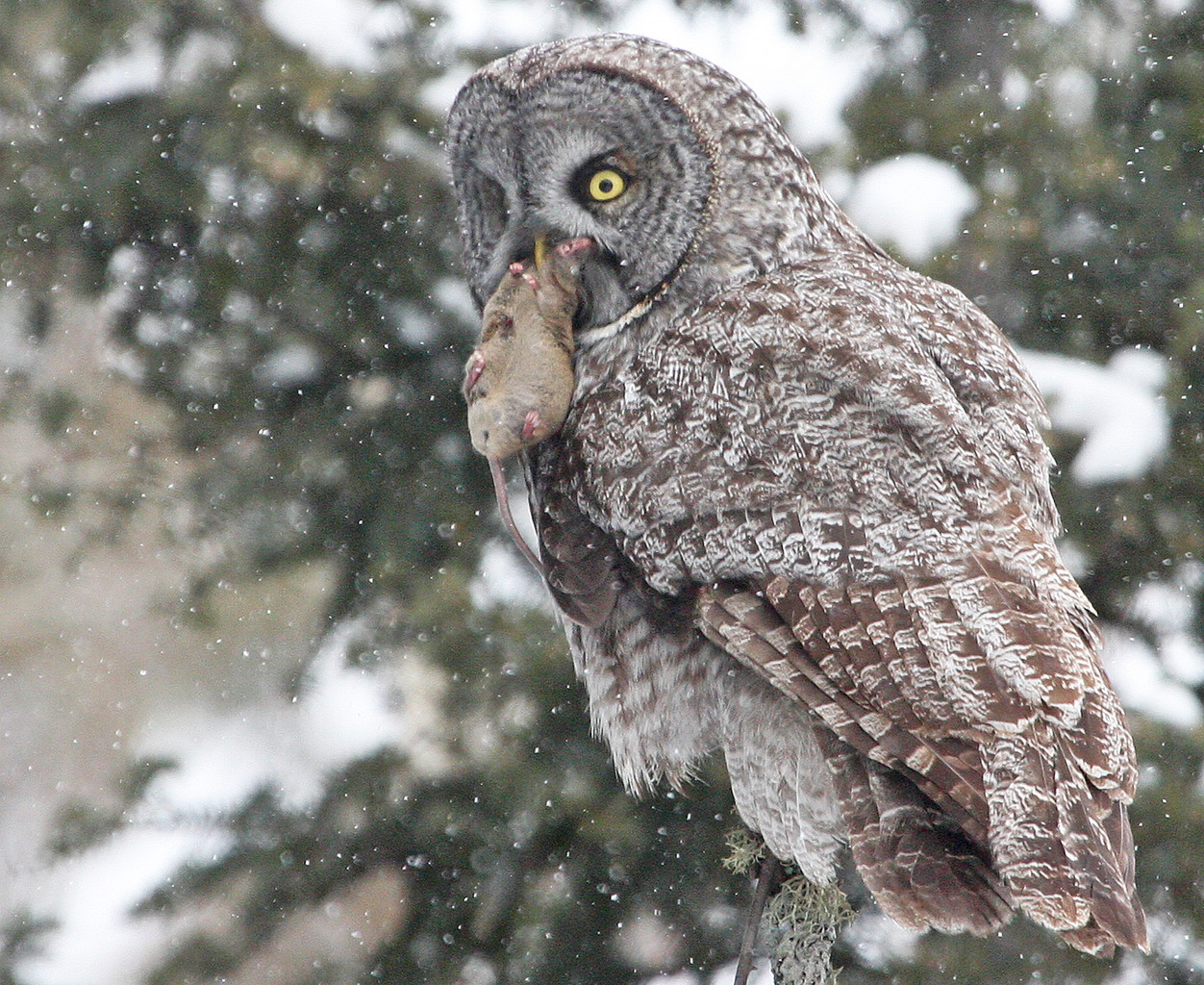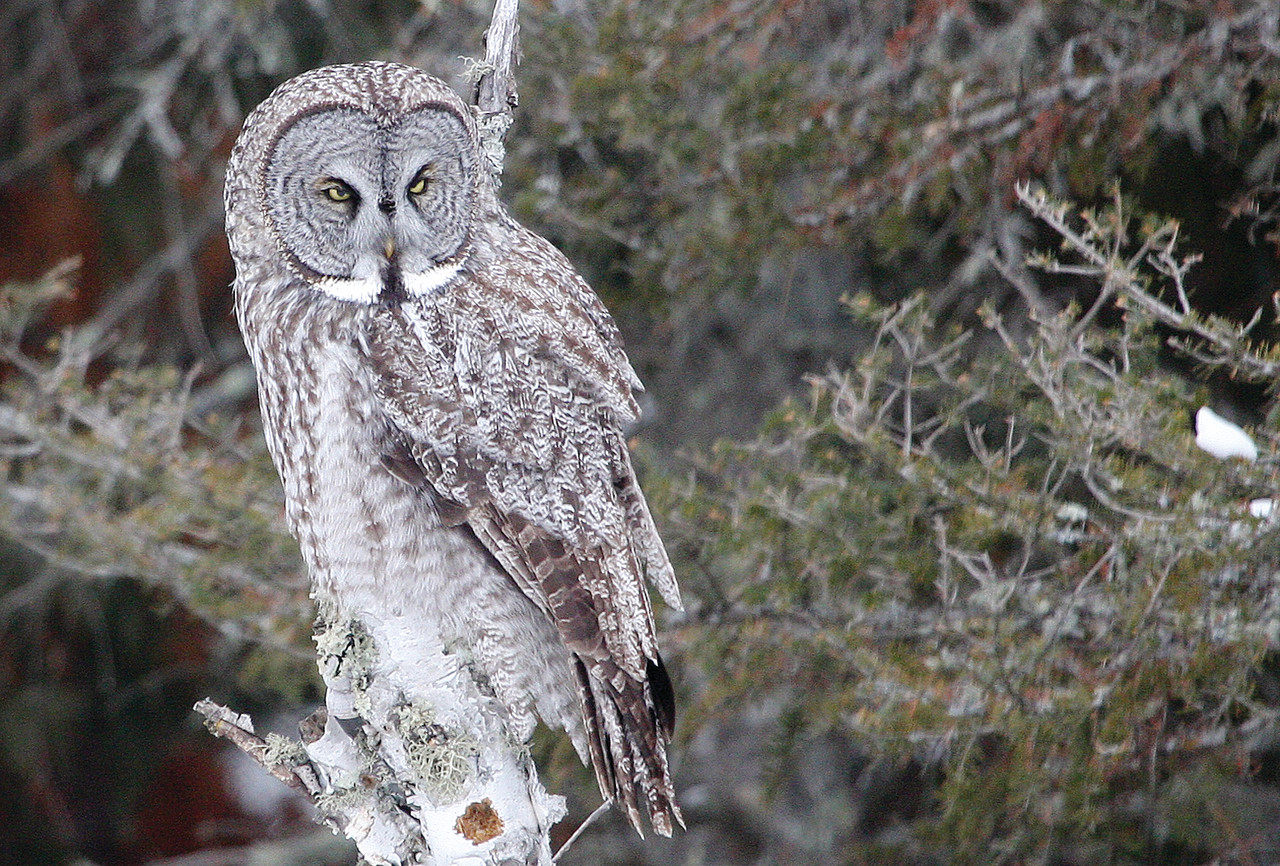Support the Timberjay by making a donation.
The owl invasion
Poor prey populations to our north have brought owls to our area in search of food
An invasion of owls typically arrives on silent wings, so it’s easy to overlook unless you’re paying attention. But this year, the influx of northern owls in our region is
pretty tough to …
This item is available in full to subscribers.
Attention subscribers
To continue reading, you will need to either log in to your subscriber account, or purchase a new subscription.
If you are a current print subscriber, you can set up a free website account and connect your subscription to it by clicking here.
If you are a digital subscriber with an active, online-only subscription then you already have an account here. Just reset your password if you've not yet logged in to your account on this new site.
Otherwise, click here to view your options for subscribing.
Please log in to continue |
The owl invasion
Poor prey populations to our north have brought owls to our area in search of food
An invasion of owls typically arrives on silent wings, so it’s easy to overlook unless you’re paying attention. But this year, the influx of northern owls in our region is pretty tough to miss, at least when in comes to the huge numbers of great gray owls that have turned up in recent weeks in search of prey. A poor cone crop in central Canada has affected species in many ways. Conifer seeds are one of the foundations of the boreal forest food chain, and so a poor crop impacts small mammal populations, among other things. That, in turn, sends the birds that prey on small mammals looking elsewhere for sustenance— and in recent weeks, that’s been right here in our backyard.
Besides great gray owls, significant numbers of tiny boreal owls are also showing up in the area, although they can be much tougher to spot. For one thing, they’re small— about the size of a 20-ounce bottle of pop. The great grays, by comparison, are the largest owls in North America. Boreal owls are also pretty strictly nocturnal, while the great grays hunt during daylight hours and frequent field edges and roadsides, making them easy to spot.
What we don’t know for sure is whether the owls are finding much prey here, either. While the DNR no longer has a staff to conduct regular small mammal surveys, Tom Rusch, area wildlife manager in Tower, says anecdotal reports suggest the populations of mice and voles are down here as well. So far, the DNR has had a few dead owls turned in, seven or eight of them boreal owls and about two or three great grays. Rusch said starvation was the likely cause of death.
Occasional periods of starvation are a routine fact of life for many predators, including owls, so this winter isn’t particularly unusual, except the hungry owls have suddenly turned up in our backyard.
While these northern owls are more commonly seen here in winter, they aren’t just winter visitors. All three of the northern owls, great grays, boreals, and hawk owls, are all known to nest in northern
Minnesota, although numbers can vary quite a bit from year to year.
Typically, following an invasion year like this one, more of these owls will opt to remain in Minnesota during the summer, so we could well have some of these birds around for quite a while. I know I’ll be on the lookout…









